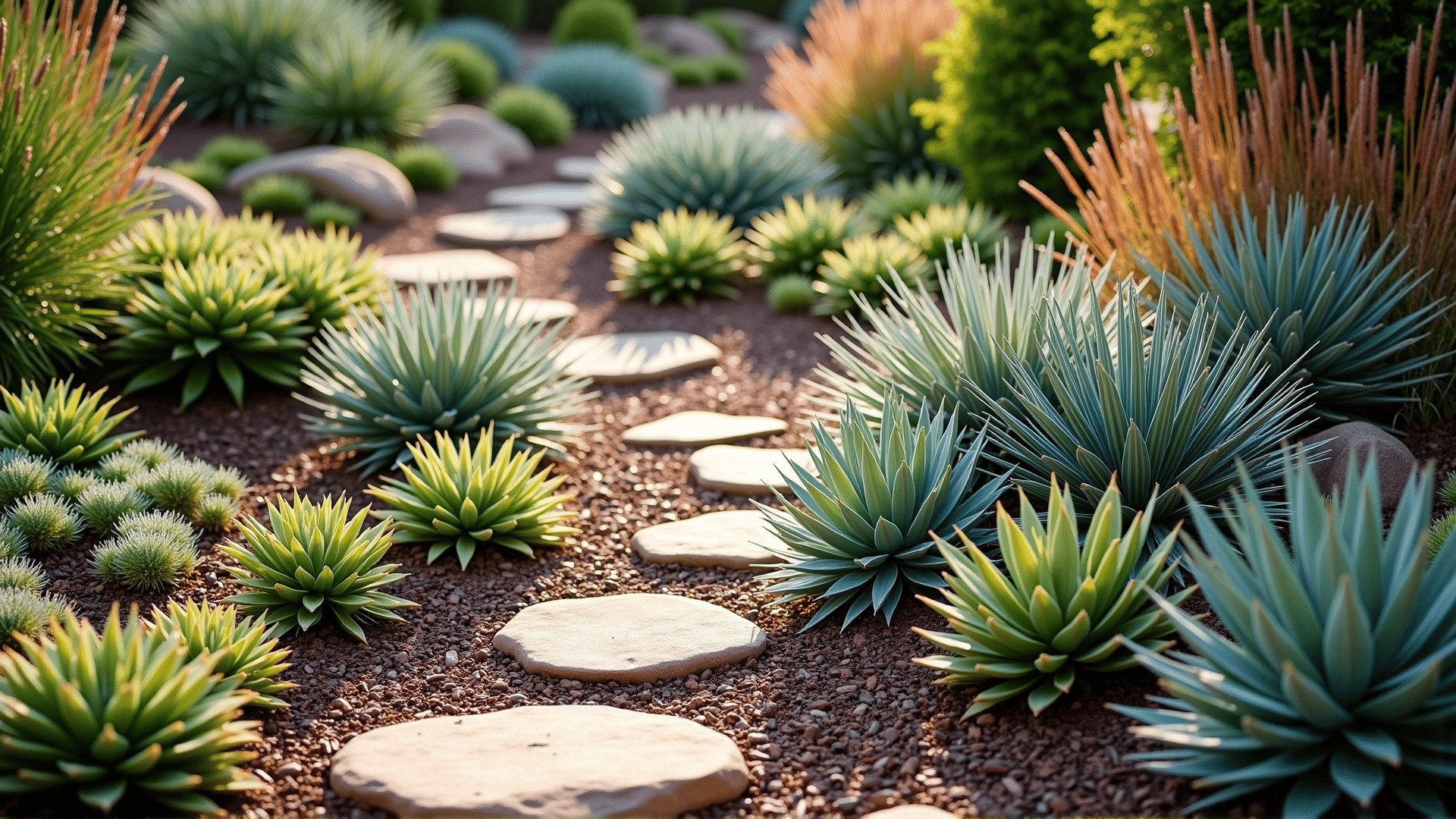Creating a garden that is both beautiful and environmentally conscious involves selecting plants that are well-suited to the local climate and require minimal water. This approach not only conserves a precious resource but also ensures the landscape remains vibrant through various seasonal shifts. Here’s a guide to making water-smart plant choices that lead to a sustainable garden.
Understanding Your Climate
Before choosing plants, it's crucial to thoroughly understand the climate conditions of your area. Are there dry summers, wet winters, or high humidity levels? These factors significantly influence which plants will thrive without excessive watering. Local extension services or botanical gardens often have resources that can provide insights into climate-appropriate plants.
Choosing Native Plants
Native plants have naturally adapted to local conditions over thousands of years, making them excellent candidates for water-wise gardening. They typically require less maintenance because they are suited to the natural rainfall patterns and soil of the area. Examples of native plants might include:
- Wildflowers: Many varieties are drought-tolerant and support local pollinators.
- Native grasses: These provide texture and movement in the garden while conserving water.
- Shrubs and trees: Selecting native options can provide structure and shade, reducing soil evaporation.
Incorporating Drought-Tolerant Species
Aside from native plants, consider species known for their drought tolerance. These plants are capable of surviving on minimal water once established. Some popular drought-tolerant options include:
- Succulents and cacti: They thrive in dry conditions and add a unique aesthetic to your landscape.
- Lavender: Known for its aromatic qualities, lavender is perfect for dry, sunny locations.
- Sage and rosemary: These herbs offer not only resilience but also fragrance and culinary benefits.
Efficient Garden Design
The layout of your garden can also enhance its water efficiency:
- Group plants with similar water needs: This prevents overwatering less hardy species while ensuring thirstier plants get enough moisture.
- Incorporate mulch: Mulch retains soil moisture, suppresses weeds, and adds organic matter as it decomposes.
- Utilize drip irrigation: This system targets the root zones directly, reducing water wastage compared to traditional sprinklers.
Soil Health and Maintenance
Healthy soil helps retain moisture and support plant growth. Regularly add organic matter such as compost to improve soil structure and fertility. Avoid overwatering, as it can lead to waterlogged roots and attract pests.
Monitoring and Adapting
Once your garden is established, keep an eye on plant health and water needs. Weather conditions vary year-to-year, so be prepared to adapt your watering schedule. Pay attention to signs of stress such as wilting or discolored leaves and adjust watering accordingly.
Community Engagement
Engaging with local gardening communities can provide practical advice and inspiration. Whether through workshops, online forums, or gardening clubs, sharing experiences with other enthusiasts can enhance your water-wise gardening journey.
By selecting plants wisely and employing thoughtful garden design, you can achieve a landscape that's both aesthetically pleasing and responsibly managed. Such an approach not only benefits your immediate environment but also contributes to the broader goal of sustainable living.
